Elite Music is a music school in Toronto providing guitar lessons with several distinguished and unique guitar teachers.
 Guitar students often ask their teachers about the differences between classical and electric guitars. Classical guitarists and electric guitars generally inhabit two different worlds but this isn’t always the case. Andres Segovia, the premier classical guitarist of the 20th century, had nothing good to say about the electric guitar. John Williams, however, another leading figure in classical guitar, has experimented with electric guitar pieces. Angel Romero of the Romero family, the first family of the classical guitar, is an enthusiastic fan of the Allman Brothers and progressive rock.
A number of rock guitarists have experimented with elements of the classical guitar. The list includes Steve Howe (Yes), Ritchie Blackmore (Deep Purple), Steve Hackett (Genesis) and Randy Rhoades (Ozzy Osbourne) to name a few. It is standard practice for heavy metal guitar shredders to go through classical guitar boot camp to develop speed, accuracy, and technical finesse. Charlie Byrd introduced classical guitar technique into the world of jazz guitar.
A student interested in classical guitar lessons should consider a number of things. The first thing is to take guitar lessons with a classical guitar teacher. A number of guitar teachers will teach the basics of classical guitar but they don’t have the knowledge or background.
Guitar students often ask their teachers about the differences between classical and electric guitars. Classical guitarists and electric guitars generally inhabit two different worlds but this isn’t always the case. Andres Segovia, the premier classical guitarist of the 20th century, had nothing good to say about the electric guitar. John Williams, however, another leading figure in classical guitar, has experimented with electric guitar pieces. Angel Romero of the Romero family, the first family of the classical guitar, is an enthusiastic fan of the Allman Brothers and progressive rock.
A number of rock guitarists have experimented with elements of the classical guitar. The list includes Steve Howe (Yes), Ritchie Blackmore (Deep Purple), Steve Hackett (Genesis) and Randy Rhoades (Ozzy Osbourne) to name a few. It is standard practice for heavy metal guitar shredders to go through classical guitar boot camp to develop speed, accuracy, and technical finesse. Charlie Byrd introduced classical guitar technique into the world of jazz guitar.
A student interested in classical guitar lessons should consider a number of things. The first thing is to take guitar lessons with a classical guitar teacher. A number of guitar teachers will teach the basics of classical guitar but they don’t have the knowledge or background.
 Guitar students often ask their teachers about the differences between classical and electric guitars. Classical guitarists and electric guitars generally inhabit two different worlds but this isn’t always the case. Andres Segovia, the premier classical guitarist of the 20th century, had nothing good to say about the electric guitar. John Williams, however, another leading figure in classical guitar, has experimented with electric guitar pieces. Angel Romero of the Romero family, the first family of the classical guitar, is an enthusiastic fan of the Allman Brothers and progressive rock.
A number of rock guitarists have experimented with elements of the classical guitar. The list includes Steve Howe (Yes), Ritchie Blackmore (Deep Purple), Steve Hackett (Genesis) and Randy Rhoades (Ozzy Osbourne) to name a few. It is standard practice for heavy metal guitar shredders to go through classical guitar boot camp to develop speed, accuracy, and technical finesse. Charlie Byrd introduced classical guitar technique into the world of jazz guitar.
A student interested in classical guitar lessons should consider a number of things. The first thing is to take guitar lessons with a classical guitar teacher. A number of guitar teachers will teach the basics of classical guitar but they don’t have the knowledge or background.
Guitar students often ask their teachers about the differences between classical and electric guitars. Classical guitarists and electric guitars generally inhabit two different worlds but this isn’t always the case. Andres Segovia, the premier classical guitarist of the 20th century, had nothing good to say about the electric guitar. John Williams, however, another leading figure in classical guitar, has experimented with electric guitar pieces. Angel Romero of the Romero family, the first family of the classical guitar, is an enthusiastic fan of the Allman Brothers and progressive rock.
A number of rock guitarists have experimented with elements of the classical guitar. The list includes Steve Howe (Yes), Ritchie Blackmore (Deep Purple), Steve Hackett (Genesis) and Randy Rhoades (Ozzy Osbourne) to name a few. It is standard practice for heavy metal guitar shredders to go through classical guitar boot camp to develop speed, accuracy, and technical finesse. Charlie Byrd introduced classical guitar technique into the world of jazz guitar.
A student interested in classical guitar lessons should consider a number of things. The first thing is to take guitar lessons with a classical guitar teacher. A number of guitar teachers will teach the basics of classical guitar but they don’t have the knowledge or background.
What Should Classical Guitar Students Expect?
(1) Develop and refine sight-reading skills. Classical guitarists are usually more adept at sight-reading than other guitarists because it is essential to the world of the classical guitar. (2) Developing right hand technique is essential to the classical guitar and this particular true at the beginning. The strings are played with the thumb, index, middle, and ring fingers. The right hand of the classical guitarist is similar to the left and right hand of the classical pianist (3) Scale and arpeggios are the building blocks of classical guitar. A large amount of practice time is devoted to scales and arpeggios. (4) Technical exercises and studies. Proper technique is so important to the classical guitar that a large part of the classical repertoire is devoted to technical exercises.Pros and Cons of Learning Classical Guitar
(1) Byrd’s approach offers a good example for thinking about the differences between classical guitar and electric guitar. Byrd embraced jazz because of his desire to improvise. Classical guitarists rarely improvise if ever. (2) Classical guitarists are able to make the guitar sound like a mini-orchestra. Classical technique and sight-reading skills allows a classical guitarist to learn and perform incredibly beautiful and sophisticated pieces of music. (3) Electric guitarists typically play with other musicians and they can enjoy the musical camaraderie of making music with other musicians. Classical guitarists usually perform as solo artists, although they can collaborate with other musicians as well.Tips
The student who is trying to decide between electric guitar lessons and classical guitar lessons should consider a few things. (1) The two are not musically exclusive. It is possible to study both if you have the time and energy. (2) Classical guitar technique is beneficial for electric guitarists. (3) If the primary goal is to become a serious classical guitarist, then it is probably a better idea to devote all your time and energy to the classical guitar. Set the electric aside.Classical Guitar versus Electric Guitar: Which is Easier to Learn?






